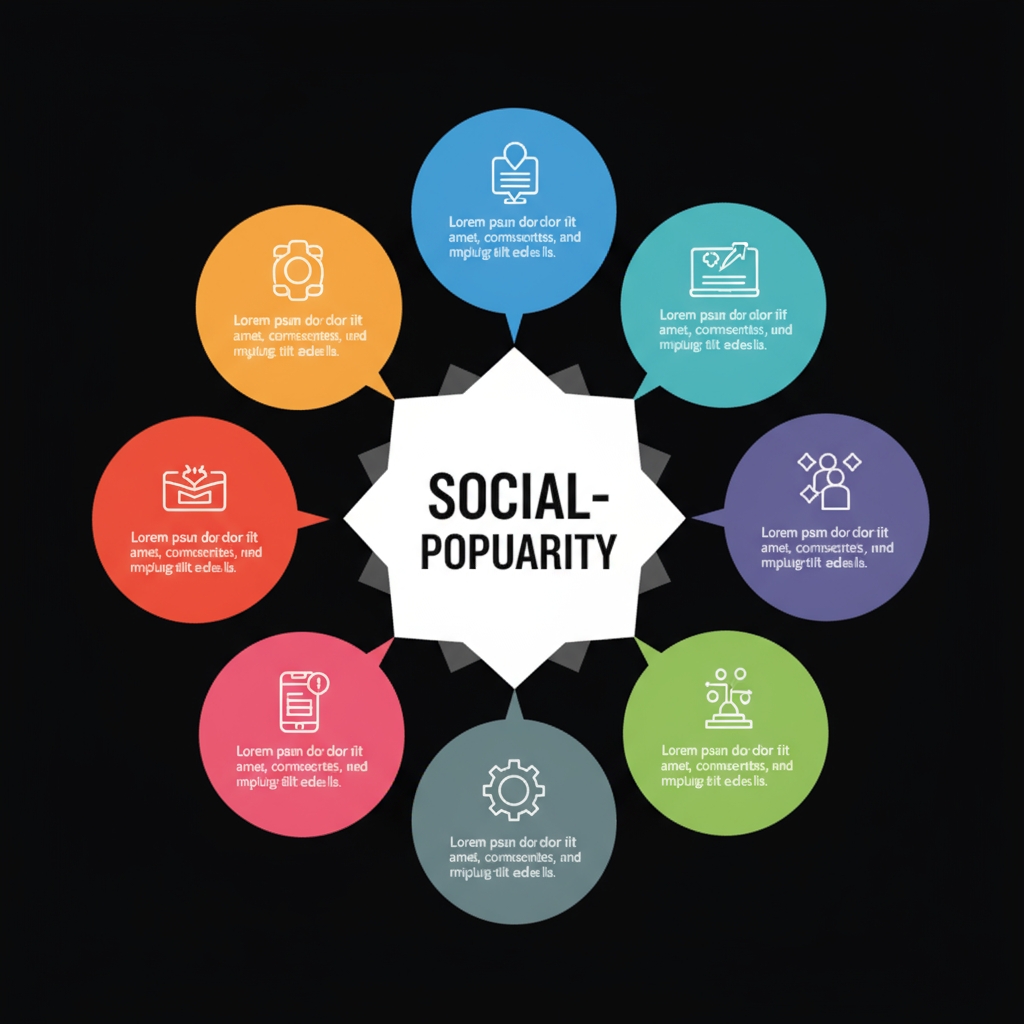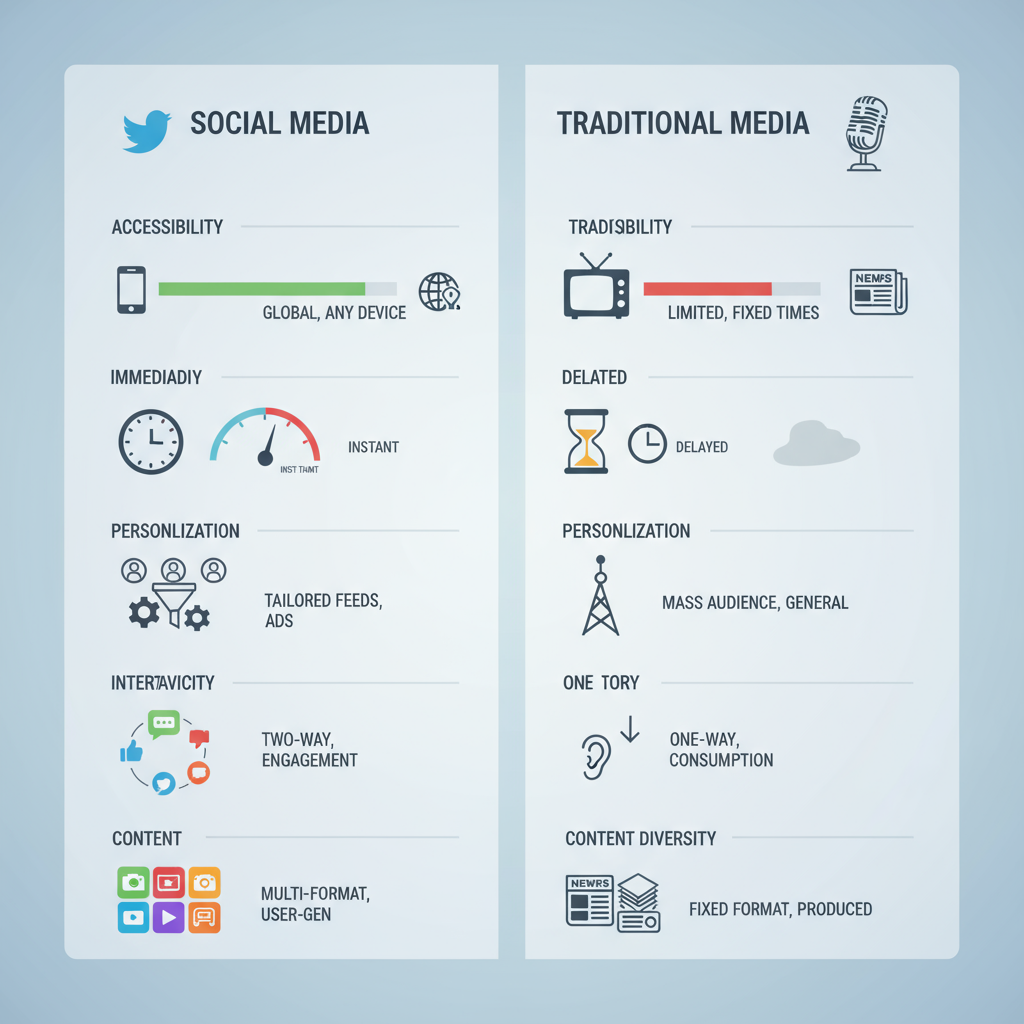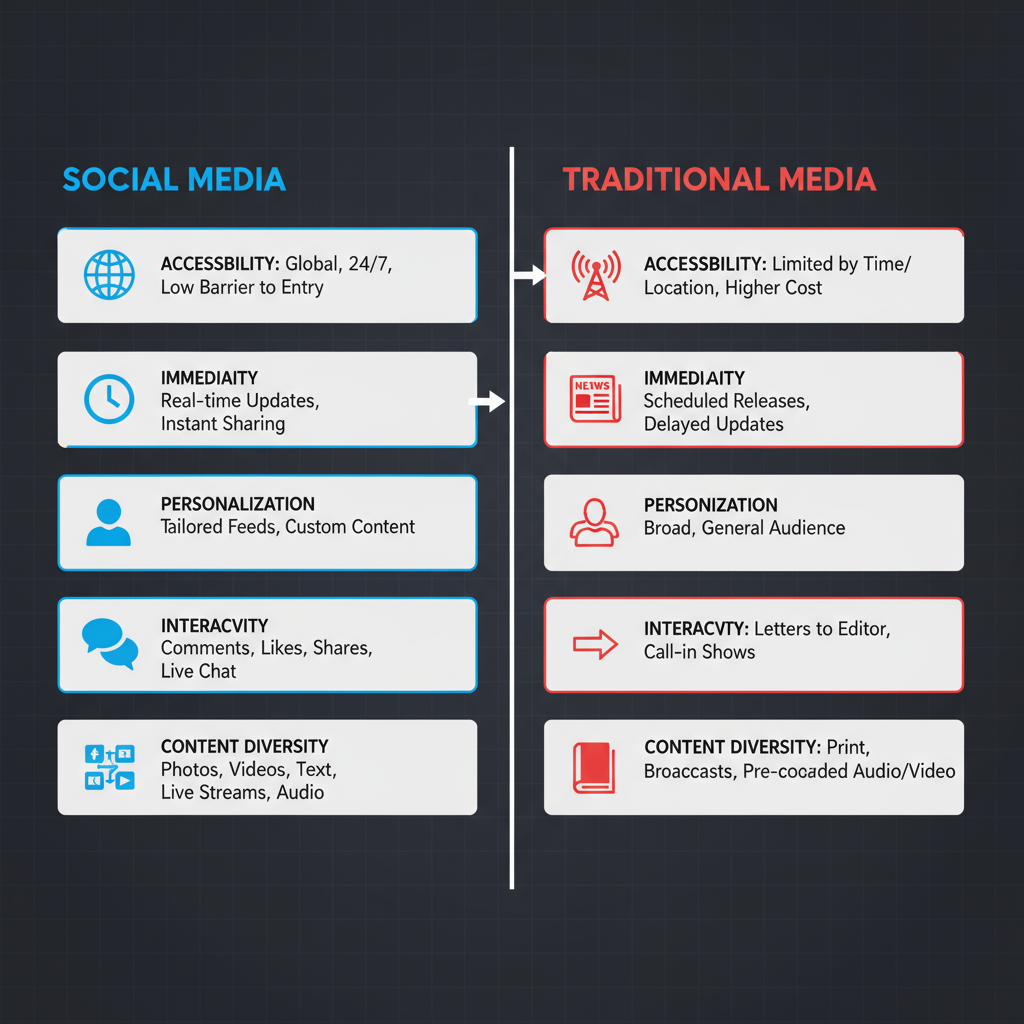Why Is Social Media So Popular and Widely Used
Explore the main reasons behind social media's global popularity, from accessibility and instant updates to community building, entertainment, and personalizati

Introduction: Why Social Media Is So Popular Today
Social media has rapidly evolved from modest beginnings in the early 2000s into one of the most powerful forces shaping global communication, culture, and commerce. Whether it’s connecting with friends, discovering news, or promoting a business, platforms like Facebook, Twitter (now X), Instagram, TikTok, and LinkedIn have become indispensable. From early pioneers such as MySpace and Friendster to today’s AI-driven feeds, social networking technology has transformed how billions of people interact daily.
This article explores the key reasons why social media is so popular, examining factors ranging from psychological needs to technological innovation, and offering insight into both its benefits and challenges.

---
Accessibility and Ease of Use Across Devices and Demographics
One of the most influential drivers of popularity is accessibility. Social media platforms are engineered for seamless performance on smartphones, tablets, and desktops, ensuring they reach vast audiences worldwide, regardless of geographic location or digital literacy.
Modern interfaces are easy to navigate, enabling usage by teens, adults, and seniors. Features like low-bandwidth modes make these platforms accessible even in areas with limited internet infrastructure.
Key accessibility factors include:
- Cross-platform compatibility (mobile, web, smart TVs)
- Intuitive design and UX
- Multi-language support
- Minimal requirements (email or phone number)
---
Instant Communication and Real-Time Updates
Before the rise of social networks, staying connected required phone calls, emails, or physical meetings. Today, instant messaging, real-time comments, and push notifications enable communication as events unfold.
Users can:
- Livestream activities to global audiences
- Participate in group chats anywhere, anytime
- React instantly with emojis, likes, or GIFs
- Receive alerts when friends or favorite pages post updates
This immediacy satisfies the human desire for fast, consistent connection.
---
Human Need for Connection and Belonging
Humans have always sought community. Social media provides virtual “tribes” where individuals can interact based on shared hobbies, values, or causes. Digital spaces like fan clubs, support groups, and niche forums offer emotional support and identity reinforcement.

Whether you’re a music enthusiast or a new parent, these communities make it easier to connect, share experiences, and feel understood in a digital environment.
---
Entertainment and Diverse Content Formats
A major reason why social media is so popular is its rich array of entertainment formats:
- Short-form clips (TikTok, Reels)
- Memes and comedic GIFs
- Disappearing stories
- Livestreams and e-sports events
- Long-form educational videos
These options engage different preferences and attention spans, ensuring there is always something fresh and captivating for users.
---
Personalization Through Algorithms and Targeted Content
AI-powered recommendation engines tailor feeds to each person’s tastes, providing a unique viewing experience. By analyzing user behavior and engagement patterns, platforms deliver highly relevant posts and ads.
Benefits of personalization include:
- Higher engagement
- Relevant advertising
- Frequent return visits
- Discovery of niche creators
That said, personalization can contribute to echo chambers and reduced exposure to diverse perspectives.
---
Social Media as a Primary News Source
For many, social platforms now serve as the first port of call for current events. Breaking news often spreads across Twitter/X, Facebook, or TikTok minutes—sometimes hours—before traditional media outlets publish stories.
| Platform | Typical News Content | Speed of Dissemination |
|---|---|---|
| Twitter/X | Breaking news, quick updates | Seconds to minutes |
| Shared articles, community news | Minutes to hours | |
| TikTok | Video coverage, on-the-ground footage | Minutes |
This speed and reach make social media indispensable during elections, crises, and live events.
---
Opportunities for Self-Expression and Creativity
Social networks have become artistic and personal branding stages. They enable creators and everyday users alike to share unique perspectives, artwork, music, and videos without the need for traditional publishing channels.
Creative tools include:
- Augmented reality filters
- Integrated music and audio effects
- Polls, interactive stickers, and quizzes
- Collaborative videos and posts
---
Social Validation and the Psychology of Engagement
Likes, shares, and comments provide instant feedback, triggering dopamine in the brain. This gamification of social interaction encourages users to post more and engage repeatedly.
While social validation boosts morale, overreliance can cause stress when approval is lacking, highlighting the need for mindful usage.
---
Business, Marketing, and Monetization Opportunities
For entrepreneurs and influencers, social networks offer unmatched marketing potential:
- Affordable, targeted ad campaigns
- Direct customer interaction
- Influencer collaborations
- Social commerce features for in-app purchases
Individuals can also earn via sponsored content, digital products, and platform creator funds.

---
Influence of Celebrities and Viral Trends
Celebrities and micro-influencers drive trends, spark viral challenges, and amplify content visibility. When a hashtag campaign gains momentum, it can attract millions of views in hours, maintaining the fast-paced social media culture.
---
Constant Innovation and Feature Updates
Leading platforms regularly introduce:
- New story formats (Stories, Fleets, Reels)
- Integrated shopping experiences
- VR/AR functionalities
- Stronger content moderation tools
Innovation prevents stagnation and keeps active user numbers high.
---
Potential Drawbacks and Challenges
Exploring why social media is so popular requires balancing positives with realities:
- Spread of misinformation
- Cyberbullying risks
- Privacy issues from data tracking
- Mental health effects (comparison stress)
- Echo chambers created by algorithms
---
Conclusion: The Enduring Appeal of Social Platforms
Social media remains deeply woven into modern life due to its ability to combine instant connection, entertainment variety, personalization, and global reach. For individuals, it offers community and creative outlets; for businesses, a marketing powerhouse.
Even with challenges like misinformation and mental health impacts, its versatility and constant innovation ensure that social media will continue to thrive. Understanding why social media is so popular helps us use it more effectively—whether to connect, inform, entertain, or grow a brand.
Ready to leverage social media for your goals? Start by identifying the platforms most aligned with your audience and experimenting with engaging, authentic content.




